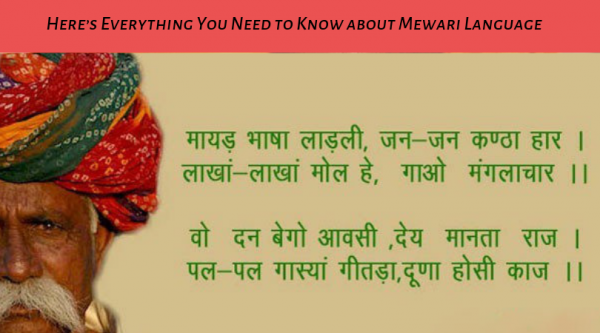Posted inHistory and Culture
Here’s Everything You Need to Know about Mewari Language
Mewari is one of the major dialects (A language which is only spoken, not written) of the Rajasthani language. Although, in modern times some written forms of the language are…
